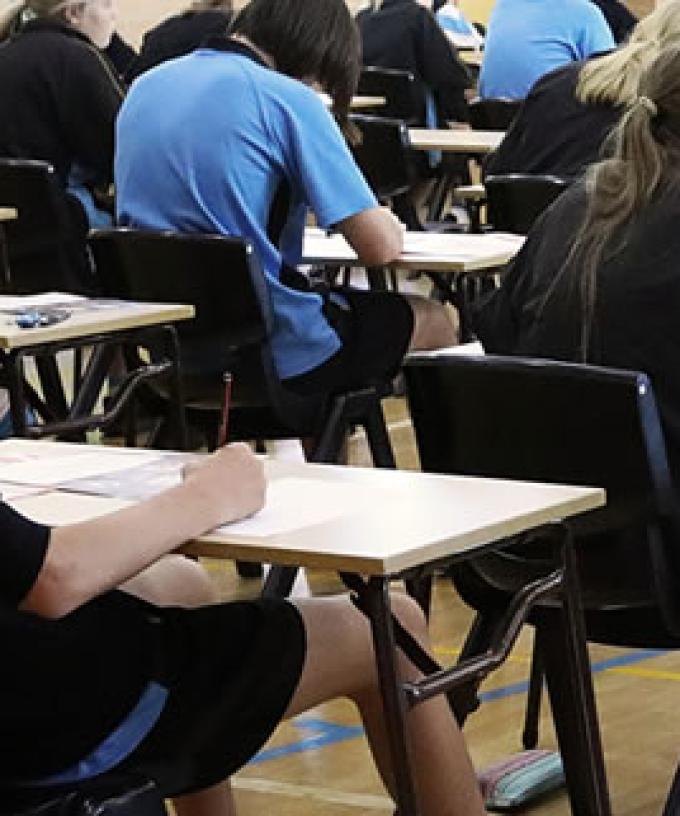Australian students are not showing any signs of a drastic drop in literacy and numeracy originally feared after two years of COVID-19.
But while NAPLAN results are stable, gaps between boys and girls, as well as Indigenous and non-Indigenous students, remain.
There has been a decrease in Year 5 numeracy and Year 9 spelling.
The former is a downturn in an otherwise slow upward trend since 2008, while the latter is a reversal after years of increases since NAPLAN began.
Australian Curriculum, Assessment and Reporting Authority chief executive David Carvalho said overall, long term trends are positive.
“Overall, for a second year in a row, the national level results have defied predictions of drastic falls in performance related to COVID,” Mr Carvalho said.
Nationally, writing results for Years 5, 7 and 9 are tending upwards, as well as spelling for Years 4, 5 and 7.
The number of Year 9 boys falling below the national minimum standard has risen, with 13.5 per cent not achieving the benchmark compared to 8.5 per cent in 2008.
There are long-term gaps in the number of boys and girls achieving the national minimum standard.
Female students generally outperform males and the gap blows out to as big as 10 per cent in reading and writing by Year 9.
Boys outperform girls in numeracy and while the small gaps between the two were shrinking, they have begun to stabilise.
Gaps in reading, writing and numeracy between Indigenous and non-Indigenous students fluctuate between 10 to 25 per cent.
Fewer Aboriginal and Torres Strait Islander students reach the minimum standard as they get older.
But Mr Carvalho hopes a jump in grammar and punctuation results for First Nations Year 7s signals an upward trend.
Year 3 and 5 Indigenous students are showing a steady improvement in writing, while Year 9s are showing a stable upward trend in numeracy.
The number of students from a language background other than English achieving minimum standards remains closely on par with pupils whose primary language is English.
There are positive trends in reading, grammar and punctuation in some of the cohorts.
In reading and writing, some students from a language background other than English even outperform the general cohort.
The authority has some concerns about a decline in participation that was larger than the long-term drop.
“This issue is of concern, as low participation rates can impact results analysis and the ability to get a clear picture of literacy and numeracy achievement at the national level,” Mr de Carvalho said
© AAP 2022









